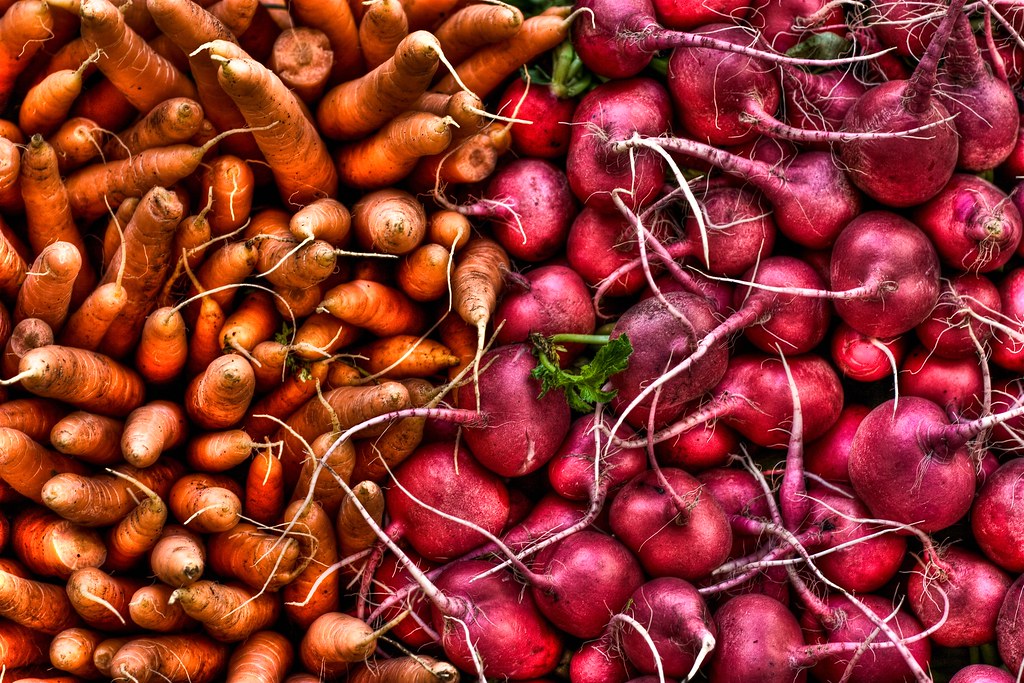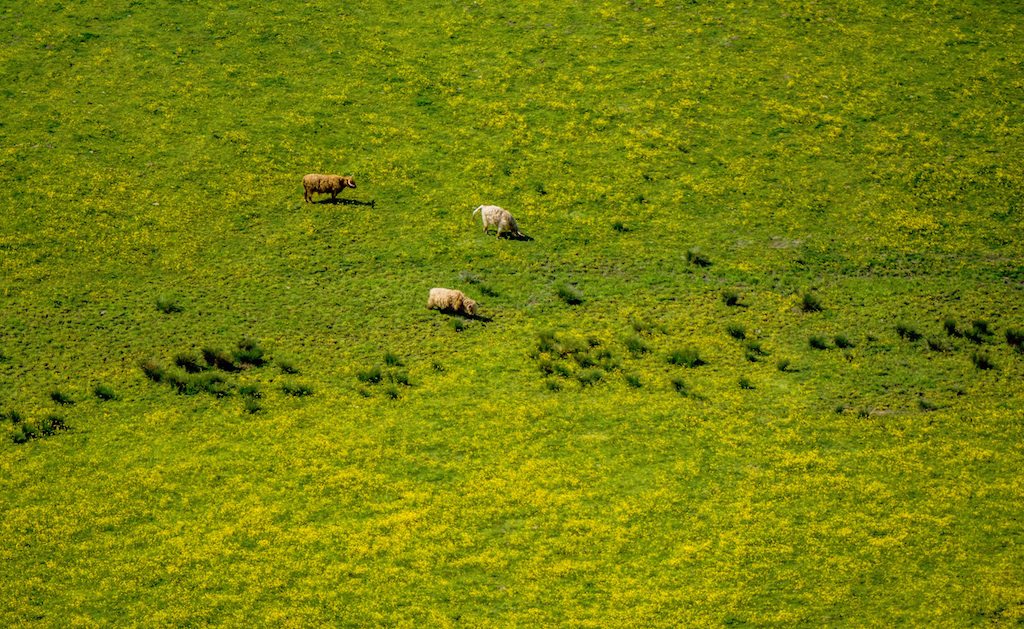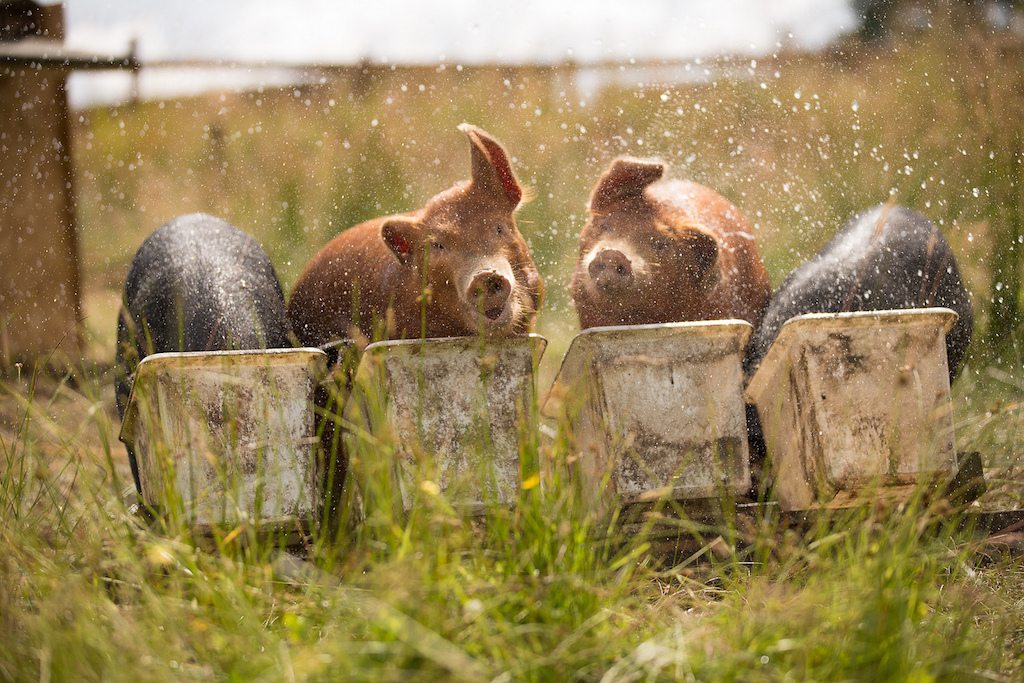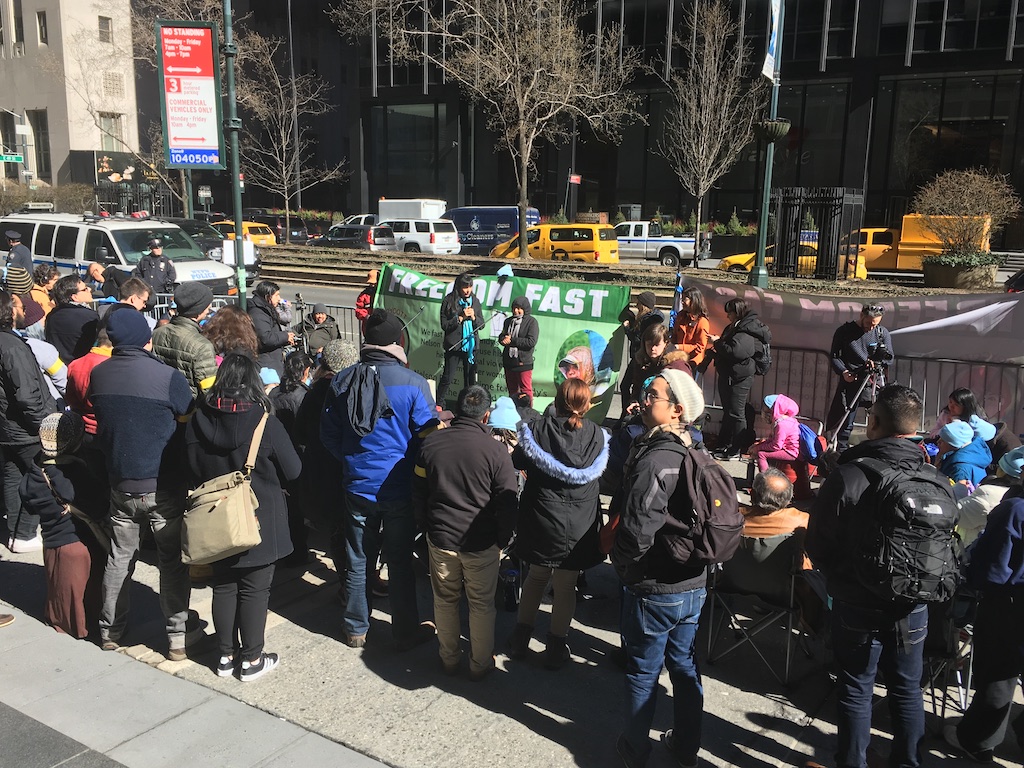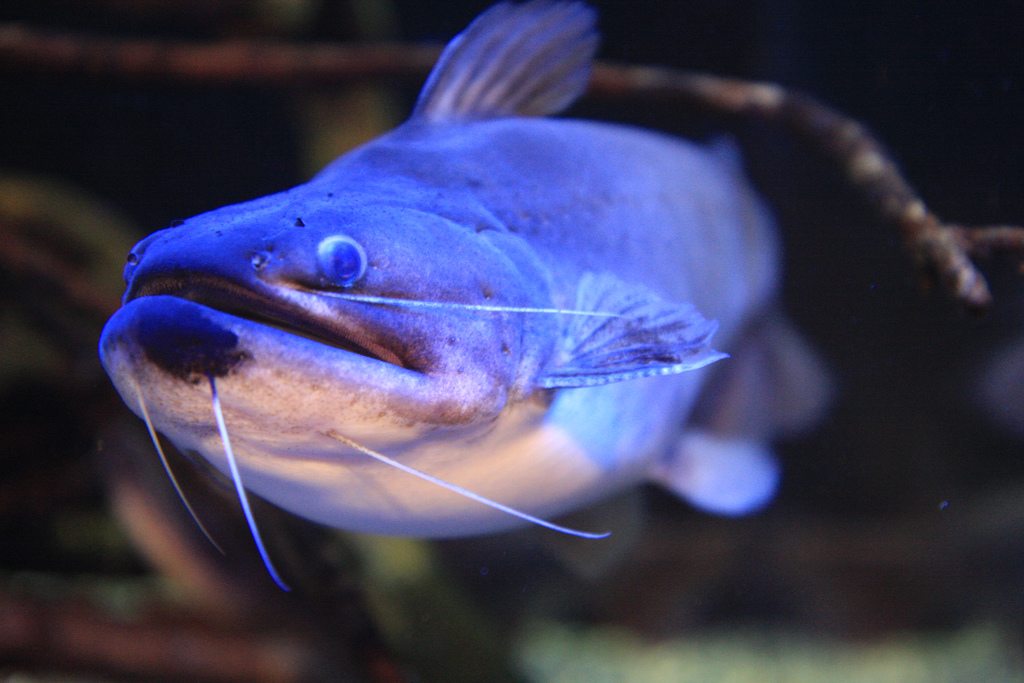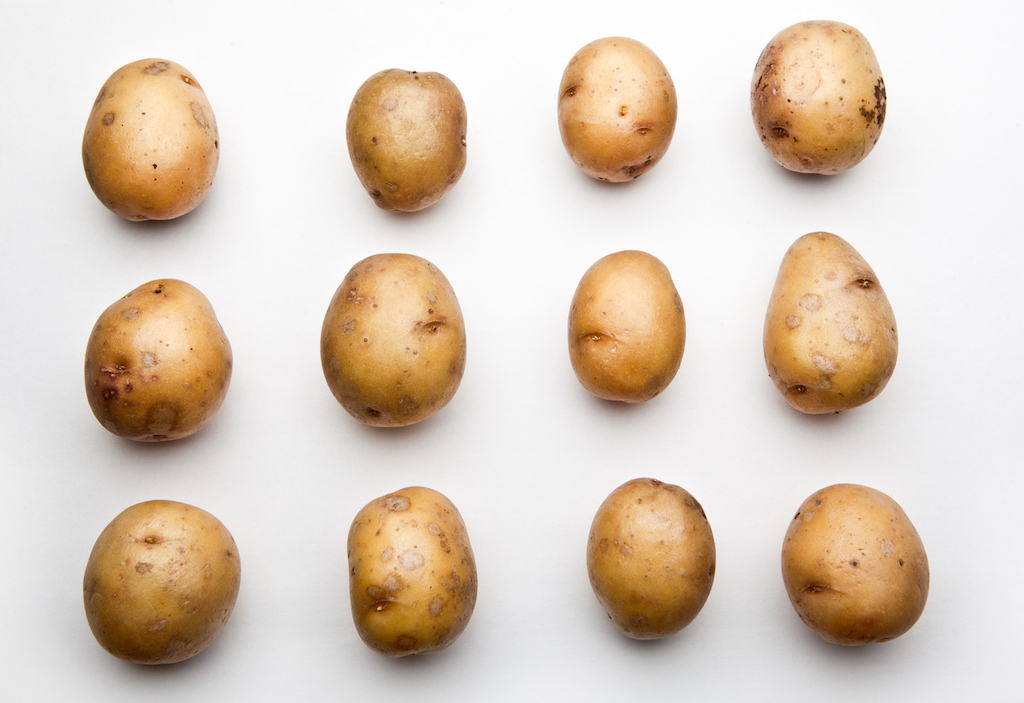
Gorlov/iStock
We tend to view the effects of climate change through the lens of the worst and most dramatic disasters, from hurricanes and floods to forest fires. But farmers have a more mundane fear: that as weather becomes more extreme and varied, their land will no longer support the crops they grow. We’ve grown accustomed to living in a world where salad greens thrive in California, and Iowa is the land of corn. But even in the absence of a single, catastrophic event, conventional wisdom about what grows best where may no longer apply.
“People who depend on the weather and hawk its signs every day know it’s getting wetter, warmer, and weirder, and have recognized it for some time,” Art Cullen, Pulitzer Prize-winning editor of The Storm Lake Times, a twice-weekly Iowa newspaper, wrote for us in December. “The climate assessment predicts more of it and worse. Ag productivity will be set back to 1980s levels unless there is some unforeseen breakthrough in seed and chemical technology.”
Those breakthroughs aren’t unforeseen, exactly. Crop scientists are doing all they can to breed plants that can thrive under the new environmental conditions wrought by climate change. Here’s a look at some of the ways geneticists, plant breeders, and companies are trying to make agriculture more resilient by modifying the food we eat every day—and some foods we don’t eat yet—for a brave new climate-changed world.
 branex/iStock
branex/iStock Harvested potatoes on a field
Recently, biochemists in Bavaria, Germany figured out why. A group of 19 nucleotides, they discovered, actually blocks the formation of tubers when temperature rises. Last week, those scientists announced they’d genetically modified yellow potatoes to turn those nucleotides off, and successfully grown the plants under 84-degree temperatures in a greenhouse. That bodes well for a warmer future, but the next step, the researchers say, will be to test their heat-seeking taters in the fields.
 Straitel/iStock
Straitel/iStock Millet at market
Enter proso millet, an ancient, 12,000-year-old grain that Schnable says is going to adapt well to a warming planet. Millet uses less water per pound of grain produced than any other crop, he told journalists last year, and doesn’t need irrigation, which makes it ideal for the rapidly drying parts of the world. Currently, he said, it’s grown in western Nebraska, eastern Colorado, and South Dakota, and used mostly for high-end bird food and mushroom spawn. If his company, Dryland Genetics, can boost the grain’s yield by 20 percent, the millet could be “absolutely substitutable” for corn when farmers need to feed their cows and pigs. Plus, it’s gluten-free, and a great ingredient in seeded bread and granola bars.
 David Gomez/iStock
David Gomez/iStock Freshly harvested iceberg lettuce, in cardboard containers, loaded on the back of a produce truck ready for delivery to a cold storage facility
Mou’s been partially successful. He’s identified over 40 green and red-leaf lettuce varieties that can be planted two months later than usual, which demonstrates increased heat tolerance. However, at four months, their leaves burn up and desiccate, according to one report. That hasn’t deterred him. A scan of his current research projects indicates he’s still working on finding the best lettuces. Meanwhile, in Brazil, where lettuce is the country’s most-consumed vegetable, a state-owned research corporation has just unveiled a new lettuce variety that resists early blooms caused by heat. América Economía reports it was developed within the company’s “genetic improvement program.”
 Niall Kennedy/Flickr
Niall Kennedy/Flickr
To combat that, France’s champagne committee has been working with the national agricultural institute to create new varieties that mature later. They’re also thinking about some of the other problems that accompany a warmer world—like, for example, new mildews, pests or diseases.
Unlike American researchers, such as those in South Dakota who are designing cold-climate wine grapes, Europeans tend to stay away from genetic engineering. Unless genetic engineering is used, developing climate-resistant champagne could be a relatively slow process, entailing several cycles of hybridizing different champagne varietals—black pinot noir, pinot meunier, and white chardonnay among them—before finding the right mix. The researchers hope to have grown 4,000 hybrid seeds and completed their studies by 2030.
 ewastudio/iStock
ewastudio/iStock Fresh peach tree
As reporter Adrian Higgins explains, growing plums, apples, and pears is a high-wire act, with fruits in Appalachia that must “race to flower in early spring while dodging a killing frost.” In recent years, however, mild winters have thrown off that balance. From South Carolina up to Michigan, the fruits have flowered too early, and been killed off when they were exposed to late-season frosts and hail. Five years ago, California’s cherry crop “crashed” due to the changing weather. In the Northeast, as we’ve written, almost the entire peach harvest was wiped out in 2016.
The erratic weather interferes with research too. Higgins reports that four years of freezes in West Virginia, for instance, killed peach blossoms that had been used for hybridizing. That’s a problem, because creating new fruit trees typically takes two decades of breeding, which leaves scientists with the thinnest margin of error.
 worldofstock/iStock
worldofstock/iStock Stack of walnuts at a market
Breeding a more resilient walnut tree is particularly important in Indiana, where walnut trees account for 15 percent of logs sold, according to Charles Michler, the late founder of Purdue University’s Hardwood Tree Improvement and Regeneration Center. Researchers there have worked to breed walnuts that can withstand weather stresses, both from the heat and cold, without losing the defense mechanism that is their late-spring bloom. Meanwhile, in California, where 99 percent of the country’s walnut supply is grown, researchers are actually mapping the walnut genome, in the hopes of developing tree nuts that can better withstand pests.
 Czgur/iStock
Czgur/iStock Heap of stacked corncobs
Today, corn bred for drought tolerance covers 22 percent of America’s total corn acreage, according to USDA’s Environmental Research Service, because a lack of water results in fewer and smaller kernels, and ultimately a smaller yield. Additionally, Begemann says, Bayer breeds cold-tolerant corn lines that can handle cooler, wetter soils, which help farmers in drought-stressed environments start their growing season earlier. In the coming years, Kansas State scientists say, expect to see more of that breeding being done through gene editing.
 nimon_t/iStock
nimon_t/iStock Coffee beans ripening on a tree
If genetics fail, then coffee farmers will turn to time-tested, lo-fi techniques to cool their fields—like, for example, by adding mulch and cover crops that keep soils humid, and by casting more shade from above. These kinds of conservation practices may prove to be increasingly important because, as Art Cullen will tell you, breeding can’t fix everything. “Genetic breakthroughs cannot mask the fact that we are losing soil 10 times faster than Earth can regenerate it because of more intensive weather and tillage,” Cullen writes. And you can’t grow much corn—or coffee, lettuce, or potatoes—without soil.


